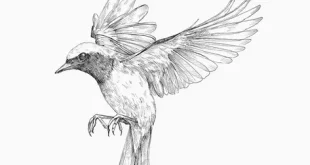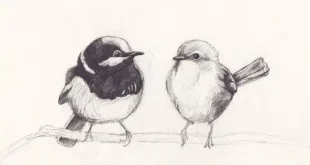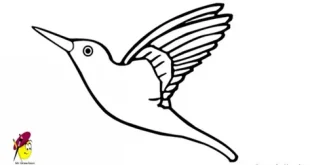Title: What Makes Wetland Birds Unique in the USA
1. Introduction to Wetland Birds
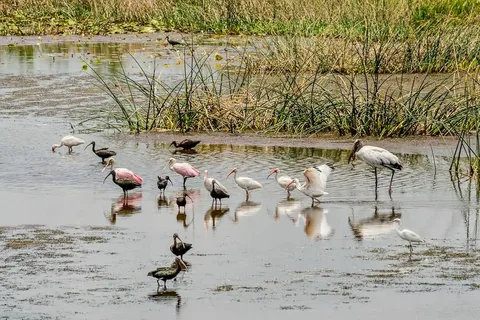
Wetland birds are among the most captivating creatures found across the United States’ diverse aquatic habitats. They inhabit marshes, swamps, and riverbanks where water and vegetation create ideal conditions for nesting and feeding. These species are vital for maintaining ecological balance, as they regulate insect populations and disperse plant seeds naturally. From graceful herons to colorful ducks, they display remarkable beauty and behavior that fascinates both scientists and bird lovers. Their presence reflects the health of the environment, making wetlands essential sanctuaries for countless species. Observing them in their natural surroundings provides a peaceful connection with nature’s rhythm.
2. wetland birds Diversity and Habitat of Wetland Species
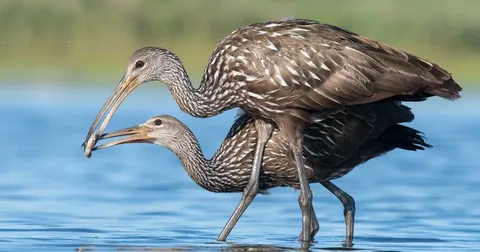
Across America’s vast landscapes, a stunning variety of wetland species thrives in unique environmental settings. In the southern regions, egrets and ibises adorn the marshlands, while the northern wetlands welcome geese and loons during seasonal migrations. Coastal shores host pelicans, terns, and sandpipers, which rely on tidal zones for food and nesting areas. The mixture of shallow waters, tall grasses, and soft mud creates a perfect habitat for foraging and breeding. Each region offers distinct conditions that shape the behavior and adaptation of these remarkable creatures. Their diversity not only enhances the nation’s biodiversity but also contributes to ecological and aesthetic richness.
3. Unique Adaptations and Feeding Behavior
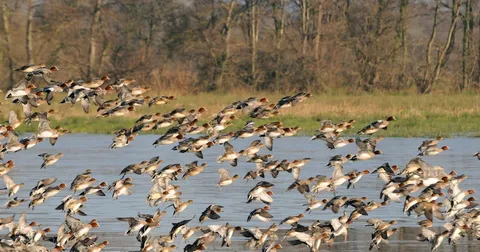
Wetland birds exhibit extraordinary physical and behavioral adaptations that help them thrive in their watery surroundings. Long legs and slender bills allow species like cranes and herons to wade through shallow areas in search of prey. Webbed feet enable ducks and grebes to glide smoothly while diving for aquatic insects and small fish. Many species possess feathers with natural waterproofing, providing protection against moisture and cold conditions. Some even use camouflage to blend with reeds and marsh vegetation, avoiding predators effectively. Their feeding habits vary by region, but all play an essential role in maintaining a balanced and productive habitat.
4. Ecological Importance of Wetland Avifauna
These birds contribute significantly to ecosystem stability through their feeding, nesting, and migratory activities. By consuming insects, crustaceans, and algae, they help control pest populations and promote nutrient recycling. Their droppings enrich the soil, encouraging plant growth and supporting other wildlife. Migratory patterns connect distant ecosystems, transferring energy and life between regions. Wetland avifauna also supports eco-tourism and educational programs, drawing enthusiasts who appreciate nature’s wonders. When these species flourish, it indicates clean water and healthy vegetation. Their decline often signals environmental imbalance, making their protection crucial for both wildlife and human well-being. Preserving them ensures ongoing ecological harmony.
5. Conservation and Future Protection Efforts
Despite their importance, many species face serious threats from pollution, climate change, and habitat destruction. The draining of marshes for agriculture or construction has reduced breeding grounds drastically in many regions. Conservation groups like the National Audubon Society and the U.S. Fish and Wildlife Service actively restore and protect wetland environments. These efforts include replanting native vegetation, maintaining clean waterways, and establishing wildlife reserves. Public awareness campaigns encourage communities to participate in local restoration projects. Sustainable land management, strict pollution control, and responsible tourism can safeguard these fragile ecosystems. Protecting wetlands today ensures that future generations can continue to witness their breathtaking beauty and ecological value.Conclusion
Wetland birds of the USA symbolize resilience, elegance, and natural harmony within aquatic environments. Their vibrant presence sustains the balance of ecosystems while inspiring people to value and protect wildlife. Through continued conservation, education, and awareness, the nation can ensure that these magnificent creatures thrive for generations to come.
 Birds Drawing Birds Drawing
Birds Drawing Birds Drawing

